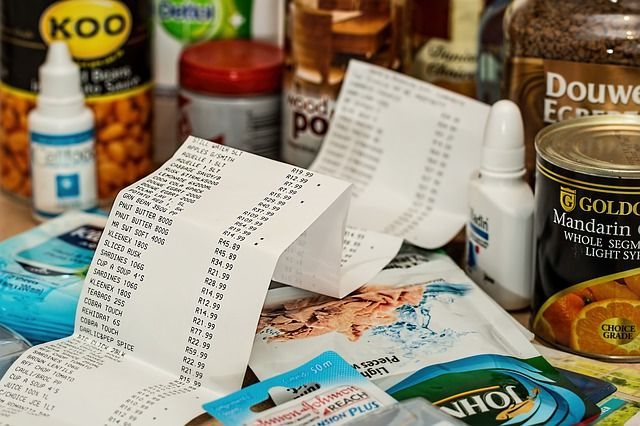






The general consumer food price increase mirrors the surge in agricultural commodity prices over the past few months.
The agricultural commodities price increase emanates from various factors such as the drought in South America, higher shipping costs, strong agricultural product demand in China, and, most recently, the Russia-Ukraine war. Moreover, the higher fuel price inflation since the start of the war is an additional cost driver of food prices.
More specifically, the higher global grain and oilseed prices for much of this year have been the core drivers of the costs of bread and cereals and oils and fats in the consumer food price inflation basket. Bread and cereals are also among the key drivers of price inflation in September. Notably, these are also products with a relatively higher weighting within the food basket. For example, within the food basket, the essential products are meat (35%); bread and cereals (21%); milk, cheese and eggs (17%); vegetables (8%); sugar, sweets and desserts (4%); oils and fats (3%); and fruit (2%).
In the case of vegetables, the uptick registered in September is likely to be a temporary blip and is due to seasonality which caused a decline in volumes in the fresh produce markets across the country. We expect to recover in the coming months, especially as the weather conditions are set to improve and boost agricultural production.
The one essential product whose price trend remains uncertain is meat, although its prices increased mildly in September. The outbreaks of foot-and-mouth disease have led to the temporary closure of some key export markets for the red meat industry.
Ordinarily, this would add downward pressure on prices as it implies that we would see an increase in domestic meat supplies. But this time around, the spread of the outbreak is vast, to the extent that we are observing a slight decline in slaughtering in some feedlots, which has ultimately kept red meat prices at relatively higher levels; the opposite of what we initially anticipated. For example, in August 2022, cattle slaughtering was down by 2% year-on-year, with 206 052 head of cattle slaughtered.
In sum, the global grain and oilseed prices, which have been the major drivers of the surge in inflation, are starting to soften, which shows in the global indices. The FAO’s Global Food Price Index was 136 points in September 2022, down by 1% from August and registering its sixth consecutive monthly decline.
These global developments will, with time, also reflect in South Africa, and this could also be mirrored in the consumer food price inflation data in the coming months. Therefore, we expect the domestic consumer food price inflation to start moderating towards the end of 2022 and into 2023. Admittedly, the current levels far surpassed our initial expectations that July was a peak month for consumer food price inflation.